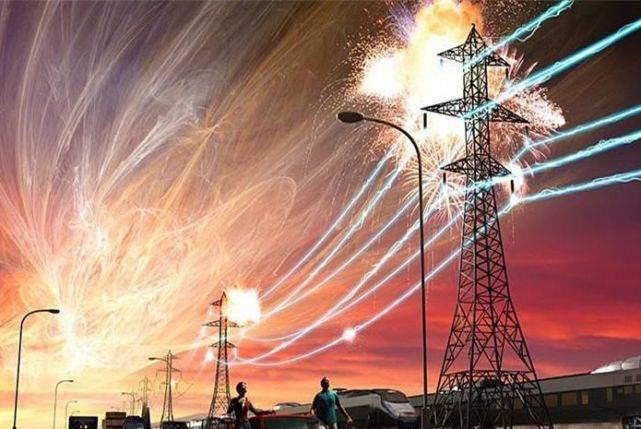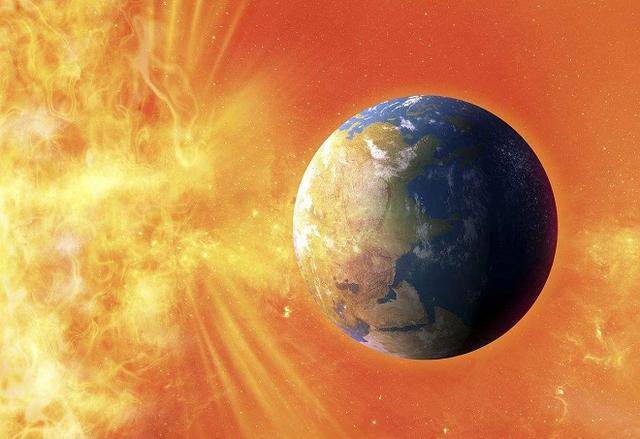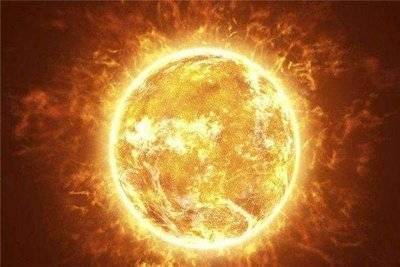An obvious indicator of the strength of our solar activity is to look at the number and size of sunspots on it. From the long-term observation, the number of sunspots on the surface of the sun shows a cycle of 11 years. Starting from 1775, we are currently in the 25th cycle at this stage, and it is expected to reach this level in 2025. The climax of a cycle, and now is the stage of development towards this peak.

Significantly stronger sunspots this year
Since June this year, scientists have observed that the rate of sunspot generation on the surface of the sun has become faster and faster, and the time interval between small and large changes has become shorter and shorter. For example, the sunspot of AR3038 expanded from 22,000 kilometers to 32,000 kilometers in diameter in less than 24 hours on June 20, and its diameter reached 2.6 times that of Earth.

For another example, two sunspots have recently attracted the attention of scientists. One is that the AR3039 sunspot is continuing to “brewing power”. Along with its development, there has been a series of enhanced M-class moderate solar flare events. One of the most intense solar flares, the coronal material ejected from it continues to rush towards the earth. , interacting with the earth’s magnetic field, most particles move along the magnetic field lines near the poles, ionizing the upper atmosphere and producing colorful auroras.

In addition, some directly penetrate the earth’s magnetic field, and then affect the upper atmosphere or even directly to the ground, which will have an impact on artificial satellites, spacecraft and communications in low-Earth orbit. The recent short-lived radio outages experienced in some parts of Europe and Africa are most likely related to this intense solar flare eruption.
The other is sunspot AR3085, which appears in the “more active region” of this solar cycle. At first, this sunspot was inconspicuous, and scientists judged that it may be short-lived on the surface of the sun. Unexpectedly, not only did it not “recede”, but in the last 48 hours of observation, the diameter was 10 times larger, and two sunspots were formed, each with a diameter of the size of the earth. If the two sunspots continue to grow in the coming days, they could trigger even more powerful solar flares that could also head towards Earth, jeopardizing the normal operation of Earth’s satellite and communications systems.

So why do sunspots increase?
Up to now, the scientific community has not yet reached a unified and clear conclusion on this issue. After all, the laws and changes of matter and energy inside the sun are too complicated. At present, almost all our knowledge of the interior of the sun comes from theoretical deduction. However, the current mainstream view on this issue is that the generation and changes of sunspots also originate from the nuclear fusion reaction that occurs all the time inside.
Inside the sun, the process of nuclear fusion is actually a process of continuous consumption of matter and continuous generation of energy. The large consumption of hydrogen element makes the original position occupied by it need to be replenished in time from other areas. Then, if the rate of hydrogen consumption in a certain area is too fast, the corresponding material added will produce strong friction with the surrounding material, thus forming a tubular magnetic field unit.

Because the density of the material forming the tubular magnetic field is relatively small, it gradually floats to the surface of the sun. At the same time, this structure also prevents the internal energy from being transferred in the form of convection, which eventually makes the temperature of this part of the region higher than the surrounding temperature. Low, sunspots are created like this.
If the number and size of sunspots on the surface of the sun are larger, it indicates that the intensity of nuclear fusion inside the sun will be higher, and the intensity and variation range of the magnetic field will be correspondingly larger, and the disturbance effect on the material on the surface of the sun will also increase. , the higher the probability of the high-energy charged particle stream breaking the sun’s surface and the gravitational constraints, the more frequent the coronal mass ejection phenomenon. Therefore, the number of sunspots on the surface of the sun and the eruption of solar flares often complement and echo each other.

Since this solar activity cycle, especially the recently observed solar activity intensity has shown a clear trend of increasing, what kind of impact will it have on the earth?
Those who are interested should know about the Carrington event that occurred in 1859. This event is the closest solar storm to the present, caused by high-intensity solar activity. It is speculated that the total energy released by the sun alone is a single flare. , the energy equivalent to the simultaneous explosion of 10 billion 1-megaton atomic bombs. Although the earth only received a very small part of the energy, it also directly destroyed the telegraph systems around the world at that time. The equatorial region appeared brighter than the full moon. Aurora phenomenon, Fortunately, there were no artificial satellites over the earth at that time, otherwise they would have been destroyed.

Scientists divide solar flares into five levels, A, B, C, M, and X, according to their intensity, and each level can be further subdivided into 10 levels. Of these, Class A, B, and C flares are usually too weak to have a significant impact on Earth; Class M can cause radio disruptions at high latitudes; Class X is the strongest and can cause widespread radio disruption, damage satellites and destroy the power grid on the ground.

From the current observations and the predictions of scientists, in this round of solar activity, although the recent growth of sunspots on the surface of the sun is very rapid, the final level of flares that may be formed can only reach the M level, which may occur in high latitudes. The problem of short-term radio interruption may also have an impact on the operation of some satellites. For example, in the previous stage, many American Starlink satellites fell during the launch process, which was related to the strong geomagnetic storm caused by the solar flare.




GIPHY App Key not set. Please check settings